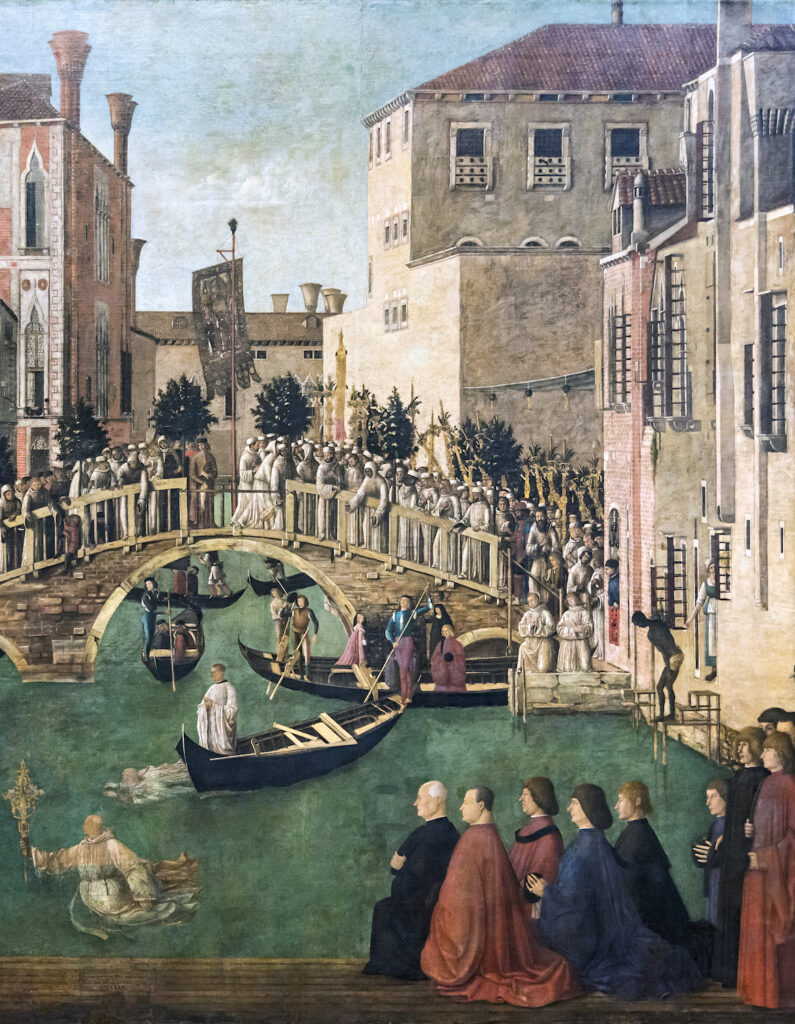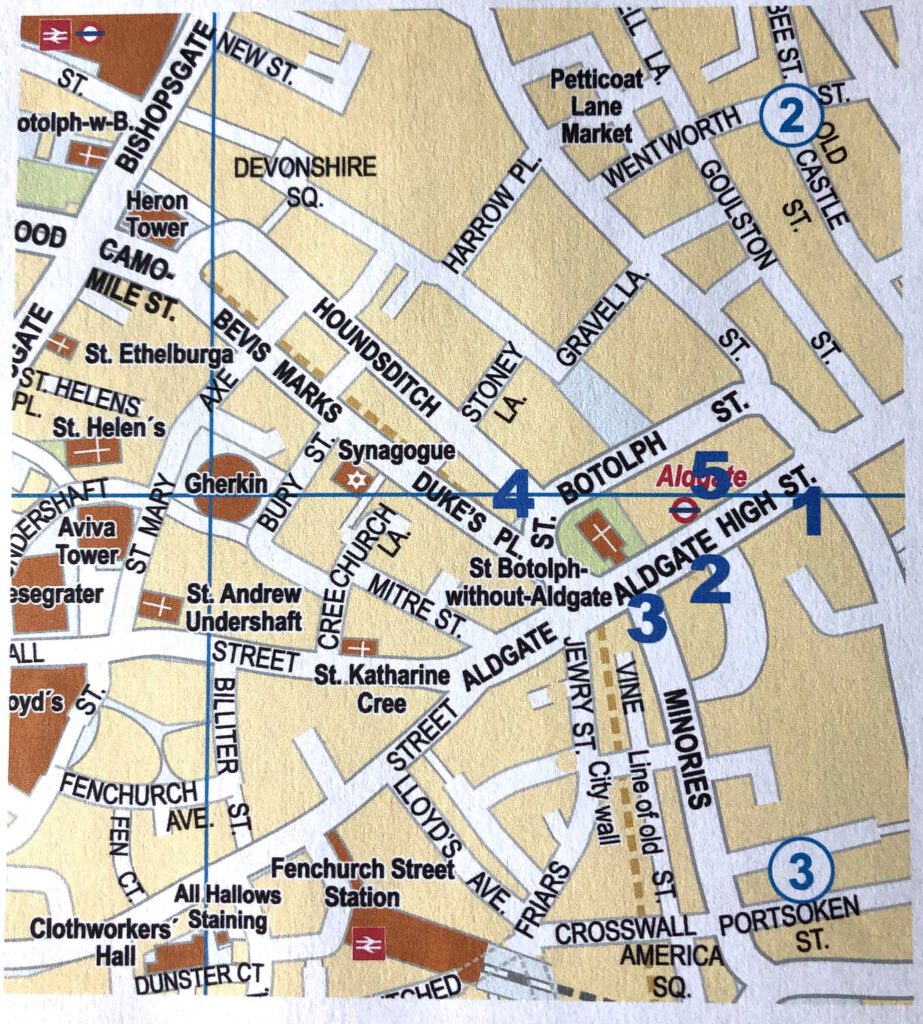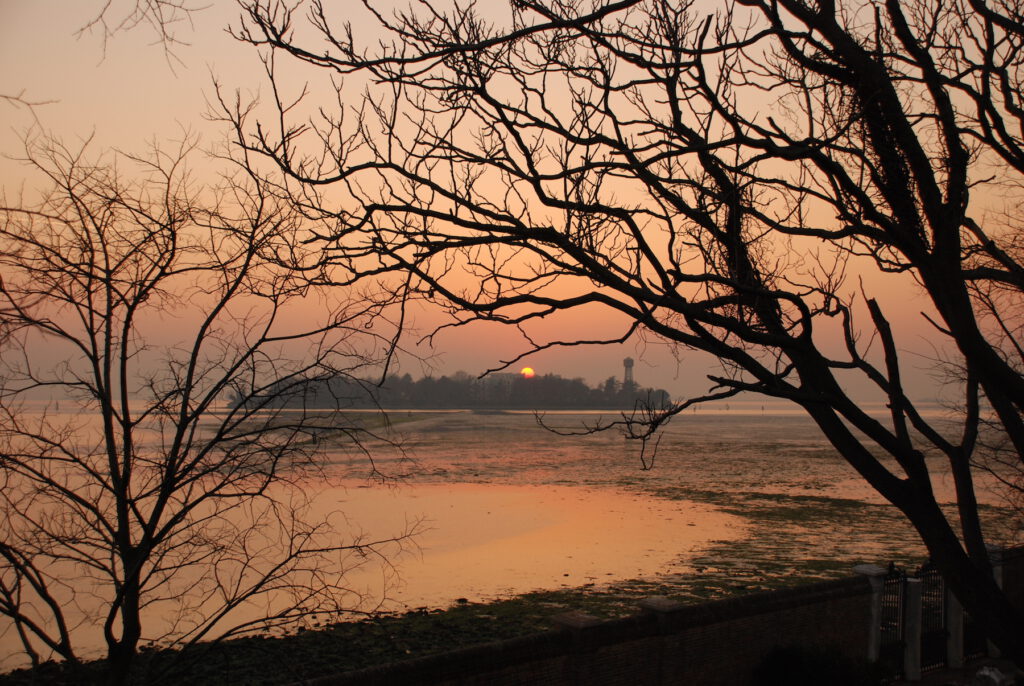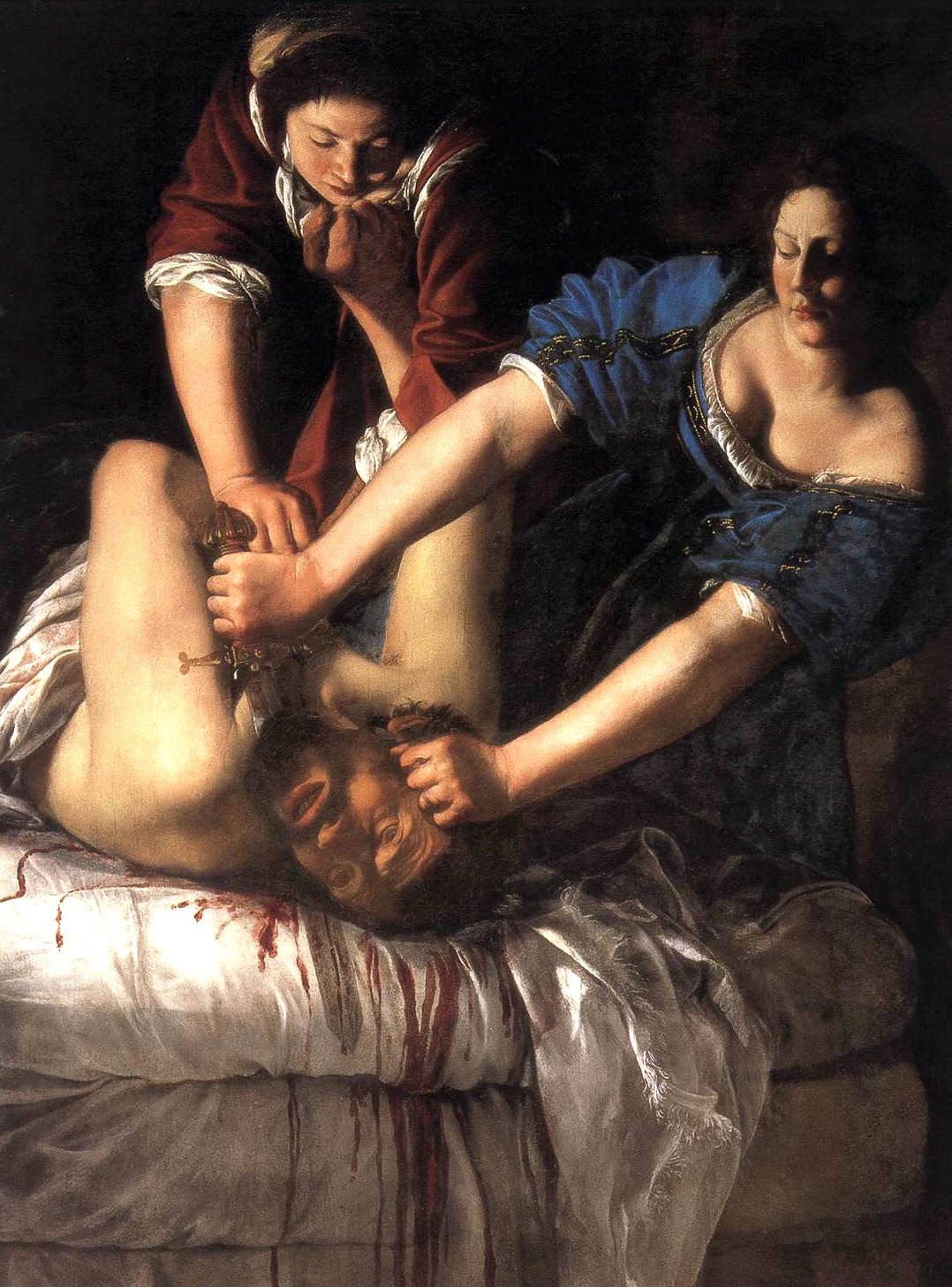The place of ‘Moors’ in the history of the Venetian Republic is a fascinating subject and one that deserves more attention. Venice had a lasting and intricate relationship with Islam: the visitor cannot fail to be struck by the impact of Eastern architecture on so many of its buildings and by the incredibly large number of very beautiful Islamic works of art to be seen here.
One of the most charming spots in the city, in the sestiere of Cannaregio at the northern limits of the city, is the peaceful little Campo dei Mori—‘of the “Moors” ’—, where you can see three quaint statues, popularly supposed to represent the Levantine merchants of the Mastelli family, whose palace is close by (it still bears a relief of a merchant leading a heavily-laden camel with spices from the East). A few steps away is a fourth statue of a Moor (known, for some reason to Venetians as ‘Alfani’), almost overwhelmed by his huge turban and attached to the house where Tintoretto lived for the last two decades of his life. The term ‘Moors’ seems to have been used to denote Muslims from the Middle East, from North Africa, or from the Levant and Turkey.
Gentile Bellini, appointed by the Republic to paint the official portrait of all the doges from the 1460s to 1501, was also bidden to the Ottoman court to paint Sultan Mehmet II, in 1480 (that portrait now hangs in the National Gallery in London). Bellini stayed in Istanbul for three years, and the little bronze medal he designed at the same time, with an effigy of the sultan, can be seen in Venice in the Ca’ d’Oro.
‘Moors’ could of course also refer to black Africans, whom we know were first seized in West Africa and shipped by the Portuguese to Europe as slaves in 1440, and they soon arrived in Venice. White slavery in some form seems to have been an accepted institution in Europe before then, but legislation varied from city to city, and is a subject which needs more study. Very little is known about the presence in Venice of black Africans since the documents often only listed their first names and described them as ‘black’, ‘Moor’ or ‘Saracen’ with no record of their full identity or place of origin. What little knowledge we do have includes the fact that some sub-Saharan slaves, freed in the early 16th century, joined the associations which ran the gondola ferries across the Grand Canal.
In the famous True Cross cycle begun in the last years of the 15th century (now in the Gallerie dell’Accademia, which reopened to the public on 26th May), Gentile Bellini and Vittore Carpaccio both included ‘Moors’ (presumably black Africans) in their depictions of the history of that relic. When, as it is being processed across a bridge it falls into a canal, Gentile includes a black African about to take a dive to rescue it (the Venetians themselves were notoriously bad swimmers). In another scene, Carpaccio shows a black maid in a turban watching the events from a roof terrace amidst a thicket of chimney pots. A much lesser-known work in the Gallerie dell’Accademia, the Incredulity of St Thomas by the great painter Cima da Conegliano, a contemporary of the Bellini brothers, includes, far in the background, a lone horseman from the East in a turban and with a scimitar at his side. An intriguing detail. Later, in 1749, Gian Domenico Tiepolo, in his delightful series of small paintings of the Stations of the Cross in the oratory attached to the church of San Polo, included splendidly-dressed Arabs in turbans, who stand out memorably as protagonists in the crowds, and which one cannot help but feel were portraits from life.

Even though at certain periods Venice was seen as a champion of the Christians against the Muslims, the Serenissima always maintained a close relationship with the East. In 1621, the Republic granted the Turkish merchants their own trading centre (to serve as a warehouse and lodgings) in the city and a grand palace on the Grand Canal was chosen for the purpose (from then on known as the ‘Fondaco dei Turchi’). A room was turned into a mosque and another area was adapted as a ritual bath house. Goods unloaded here from Turkish boats moored on the Grand Canal outside would include wax, oil, wood and raw hides (and later in the 18th century, tobacco).
The subject can be followed in other parts of Italy, too. The servants and peasants in the Medici household were sometimes included in paintings: in 1634 the court painter Suttermans was commissioned to paint two elderly peasant women, one holding a duck and one a basket of eggs, accompanied by ‘Piero Moro’ wearing a pearl earring, and around 1684 Anton Domenico Gabbiani produced a portrait of four Medici servants which features a ‘Moor’ gorgeously dressed in silk embroidered with yellow flowers.
The exquisite collections made by the Medici in Florence included the bust of a black woman made in onyx, pearl, gilded silver and gilded metal which is known to have been exhibited in the Tribuna of the Uffizi by 1589 (and is still in the Uffizi collection). There is also a portrait head of a young black girl dating from the 2nd century BC, owned by Francesco I, who had it made into a statuette by adding a black-and-white marble cloak (now in the collection of the Archaeological Museum in Florence).
In Rome there is an early 13th-century mosaic tondo on the Caelian hill showing Christ between two fettered captives, one white and the other black, at the entrance to a former Trinitarian hospice for the redemption of slaves. Present scholarship on the subject suggests that the black Africans who arrived in Venice as slaves were set free after a period of time and assimilated into society. But the definition of ‘slave’ and the history of slavery in Europe remains a very complex subject.
Alta Macadam
I am indebted to Professor Kate Lowe, whom I heard lecture some years ago on the subject of black Africans in Venice and slavery.










